Scandinavian and Japanese design are becoming more and more prevalent in modern interior design styles.
And the combination of the two styles even has its own term: Japandi.
So, I’ve created a brief overview of the aesthetics of Scandi and Japanese styles, how they fuse together, what the key concepts are, and also give some of my favourite examples and tips on incorporating the styles into your home.
Scandinavian Design
Scandi design is a product of the Nordic regions.
But what’s the crux of it?
Accessibility
In the mid-20th century, a Scandinavian design trend sought to make beautiful design accessible to all, not just a select few. The result was a design ethos grounded in equality and functionality.
For me, Scandinavian design focuses on clean lines, simplicity, and a ‘less is more’ philosophy.
However, the furniture that you do include in your home needs to be practical and functional.
In my opinion, a home that’s not easy to live in doesn’t bring calm and peace to your life – no matter how minimalistic the aesthetics are.
Light Colors
I like to think of a Nordic winter – long, harsh, with fleeting daylight.
So, light colors in Scandinavian interiors are a must for me, because they bring that much-needed brightness into your home.
Natural Materials
Scandinavian design has a soft spot for nature, particularly wood. Walk into any Scandinavian home, you’ll find it – wood, bringing warmth, texture, and organic appeal to the spaces.
Coziness & Hygge
In a region of harsh winters, being comfortable and cozy at home creates a feeling of heartwarming goodness.
Hygge in Scandi design is all about that cozi minimalism, and this is where natural materials and warmer colours are used in certain rooms and corners in your home.
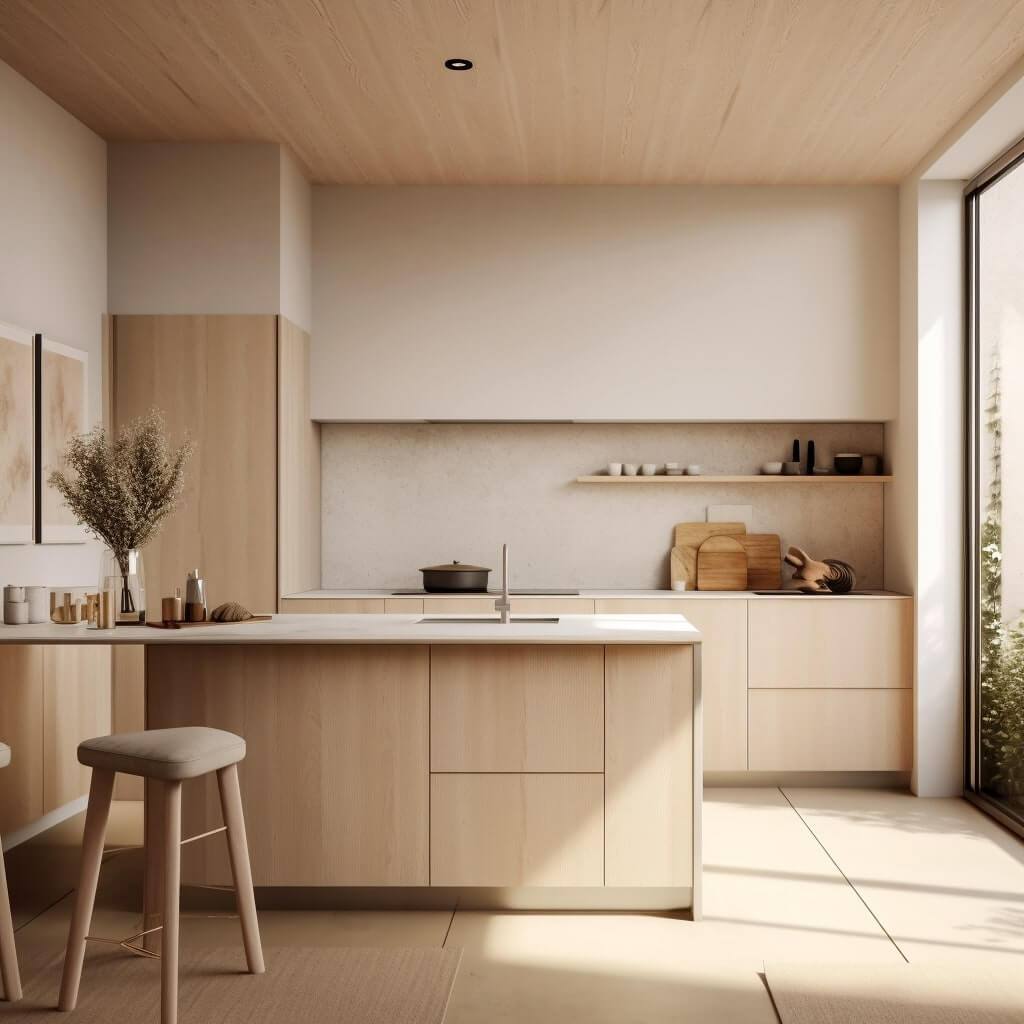
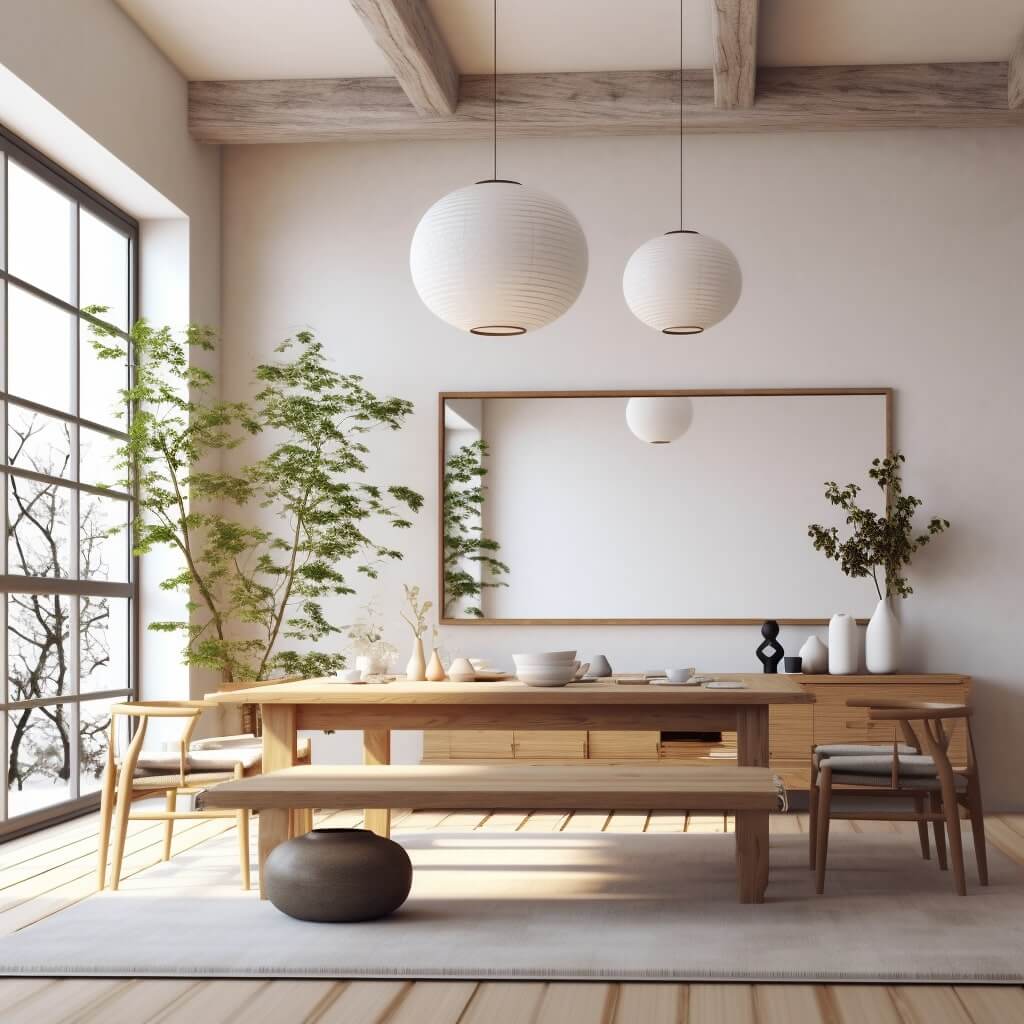
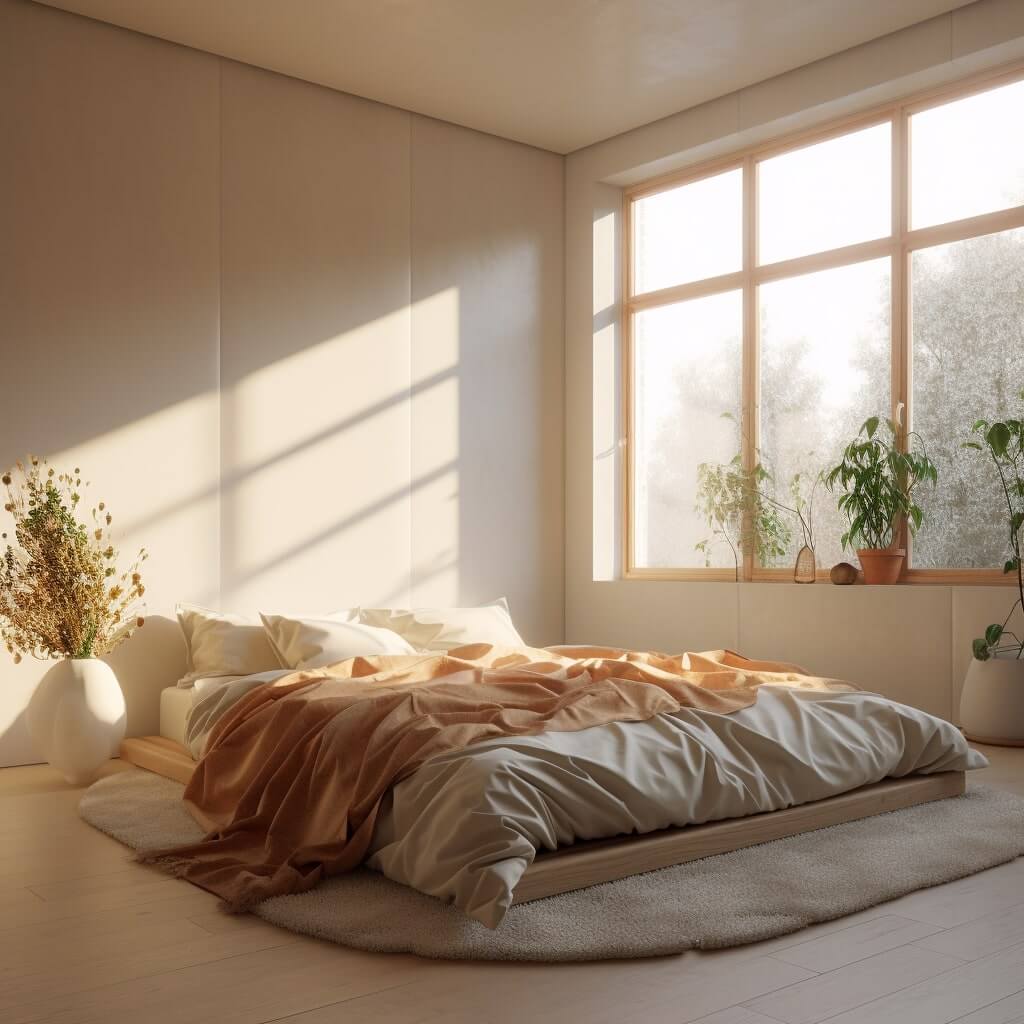
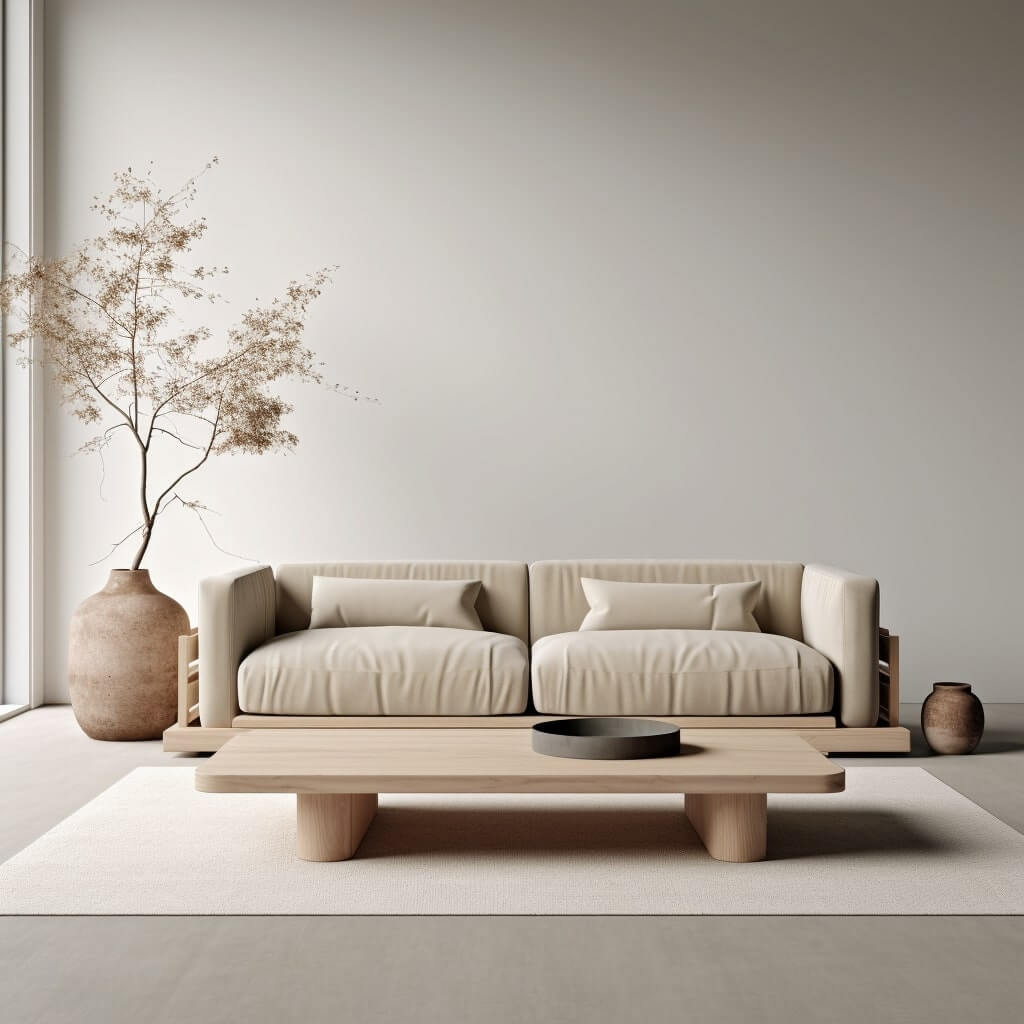
Japanese Design
Jetting off to Japan: here, the design philosophy stems from culture, history, and an awareness of the limitations of space.
Ma
Ma is all about the space between objects.
It’s not the emptiness that counts, but the potential it holds. And it’s a philosophy that adds a unique style of minimalism to Japanese design: minimalism with a purpose.
Simplicity
Japanese design isn’t about grandeur, but about finding beauty in simplicity. It’s about cherishing minimalism and ensuring every item has a purpose and function.
Natural Elements
Silk, bamboo, rice paper – Japanese interiors find a unique tranquility in nature’s touch.
From textures to colors, I find the essence of nature instils calm in any space.
So what’s the broader impact of Japanese design?
Lifestyle Influence
Japanese design is more than just an aesthetic style; it’s a way of life. It’s about balance, mindfulness, and cherishing the simple.
And I think this really resonates in the global trend towards minimalist living and in architectural designs that marry beauty and spirituality.
So, both Scandinavian and Japanese design are grounded in their cultures, shaped by environmental realities, and cherish principles of simplicity, functionality, and nature.
What happens when they’re mixed together?
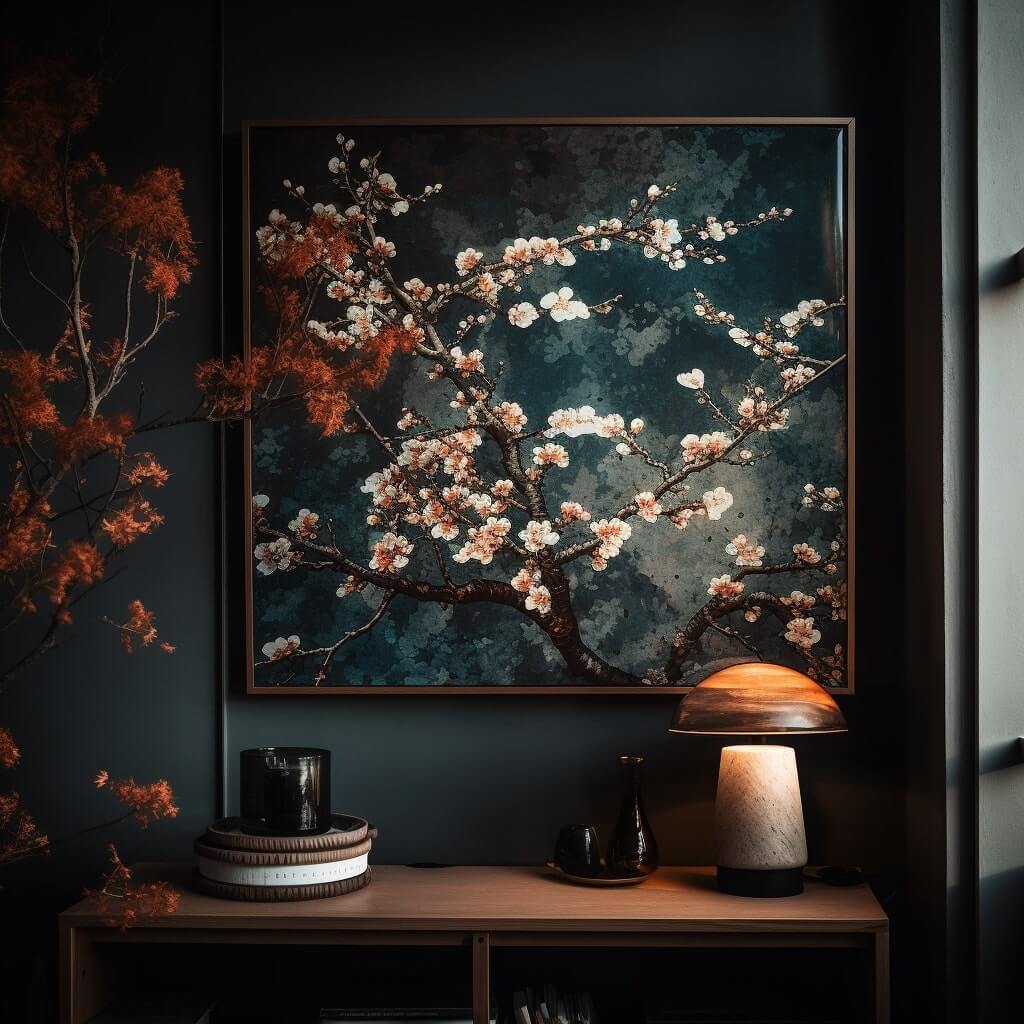
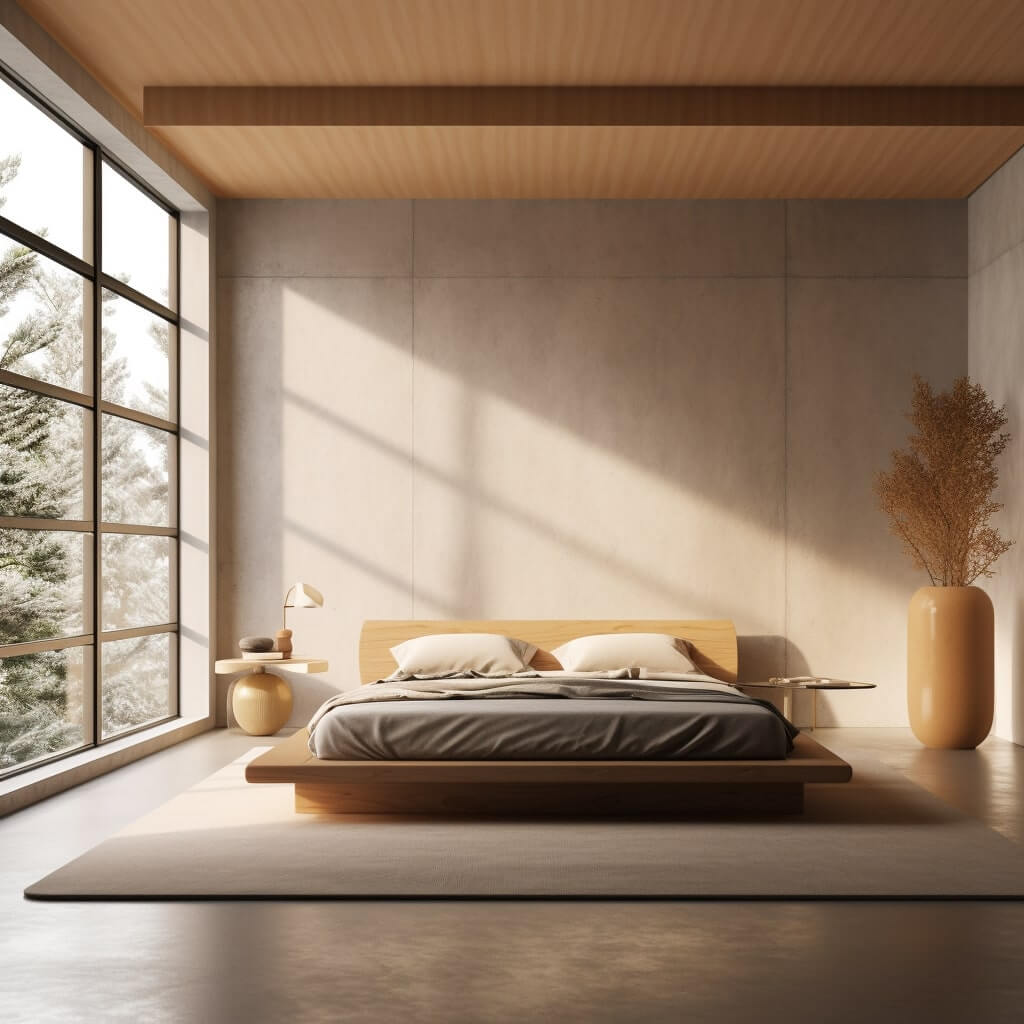
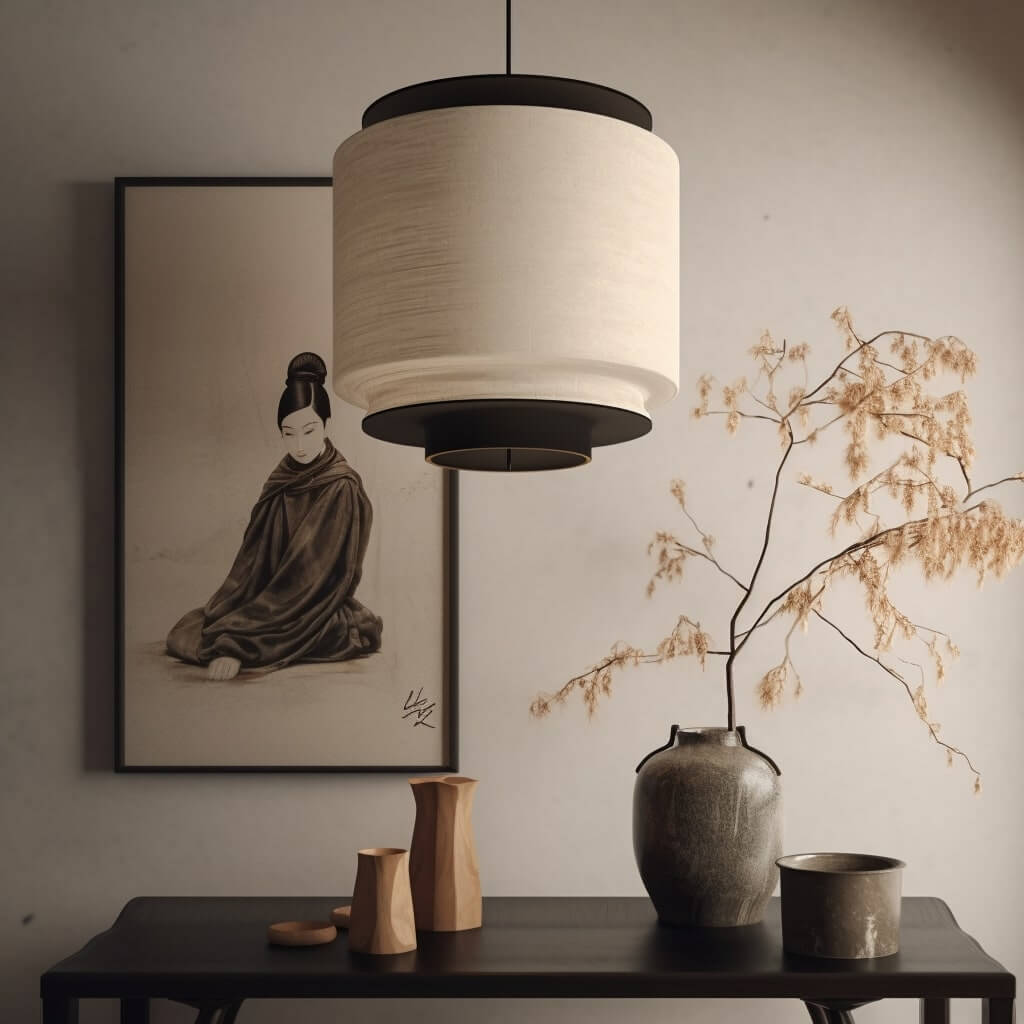

Japandi: The Scandinavian and Japanese Design Fusion
Unity in Diversity
Two distinct design philosophies, one from the snowy North, the other from the East.
I find that both Scandinavian and Japanese design champion minimalism and functionality, but both are distinct in their cultural flavors.
And when they’re brought together, it creates a design fusion that’s the best of both worlds.
Both styles share a profound love for simplicity, natural materials, and a ‘less is more’ philosophy.
Why do they complement each other?
- Both styles worship at the altar of minimalism. Clean lines, purposeful objects, and a clutter-free philosophy.
- Functionality First: Whether it’s a multi-purpose Japanese ‘Kotatsu’ or a space-saving Scandinavian wall bed, both styles are all about making life easier. They’re different, yet united in their love for practical, functional design.
- And the Japanese admire nature’s tranquility, while the Scandinavians embrace nature’s warmth. In this fusion, nature is the star of the show, bringing the two styles together.
So, what does Scandinavian-Japanese fusion feel like? Let me paint you a picture:
Light & Airy
Picture a room bathed in natural light, walls adorned in soft neutral hues, and an ambiance that’s as fresh as a morning in the Nordic fjords!
Earthy Warmth
Wooden accents, bamboo blinds, maybe a silk cushion or two – the touch of nature that makes the space inviting, warm.
Clutter-Free Calm
An airy, open layout that echoes the Japanese concept of ‘Ma’. Objects are chosen with care, every piece telling a story, and importantly, serving a purpose.
Functional Yet Fabulous
Multifunctional furniture that saves space without compromising on style. Scandinavian wall beds or Japanese-style futons, for example.
In essence, the Scandinavian-Japanese fusion is a design symphony of minimalism, functionality, and a profound love for nature.
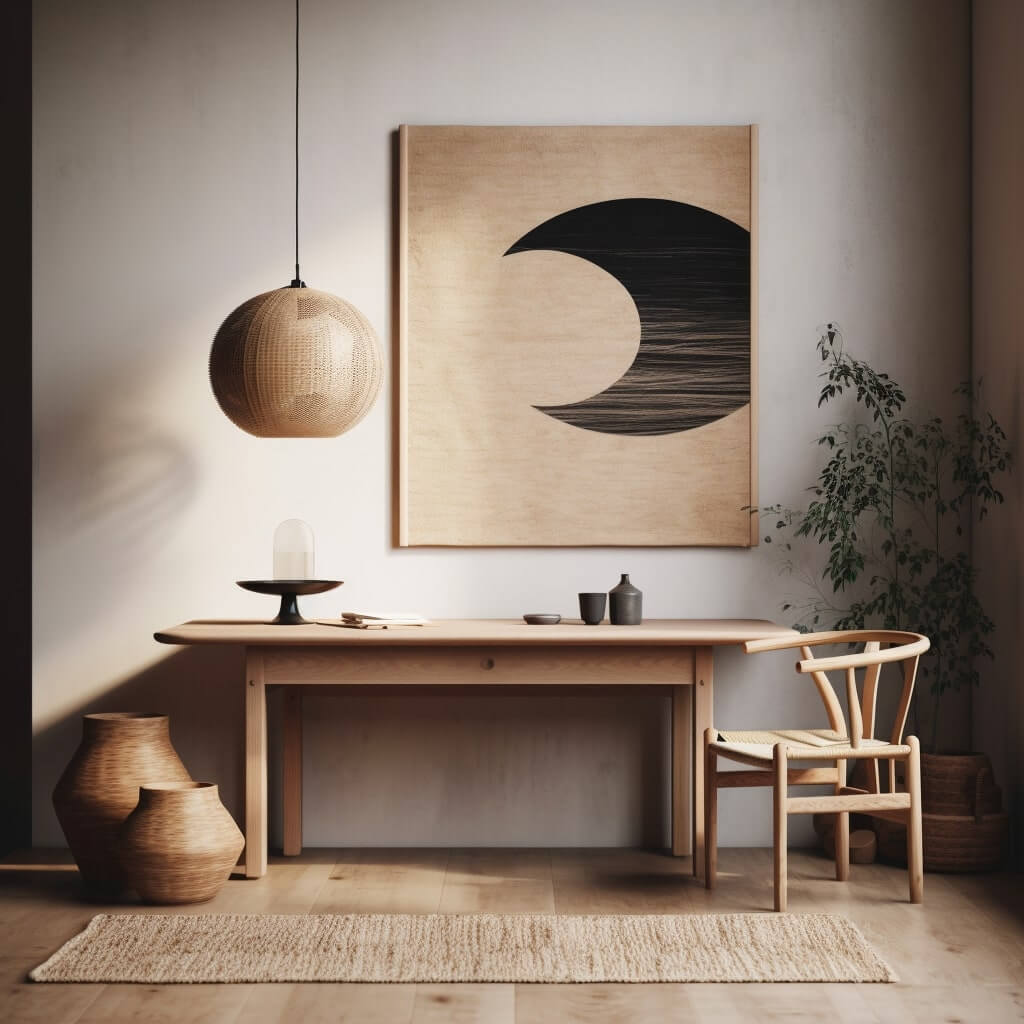
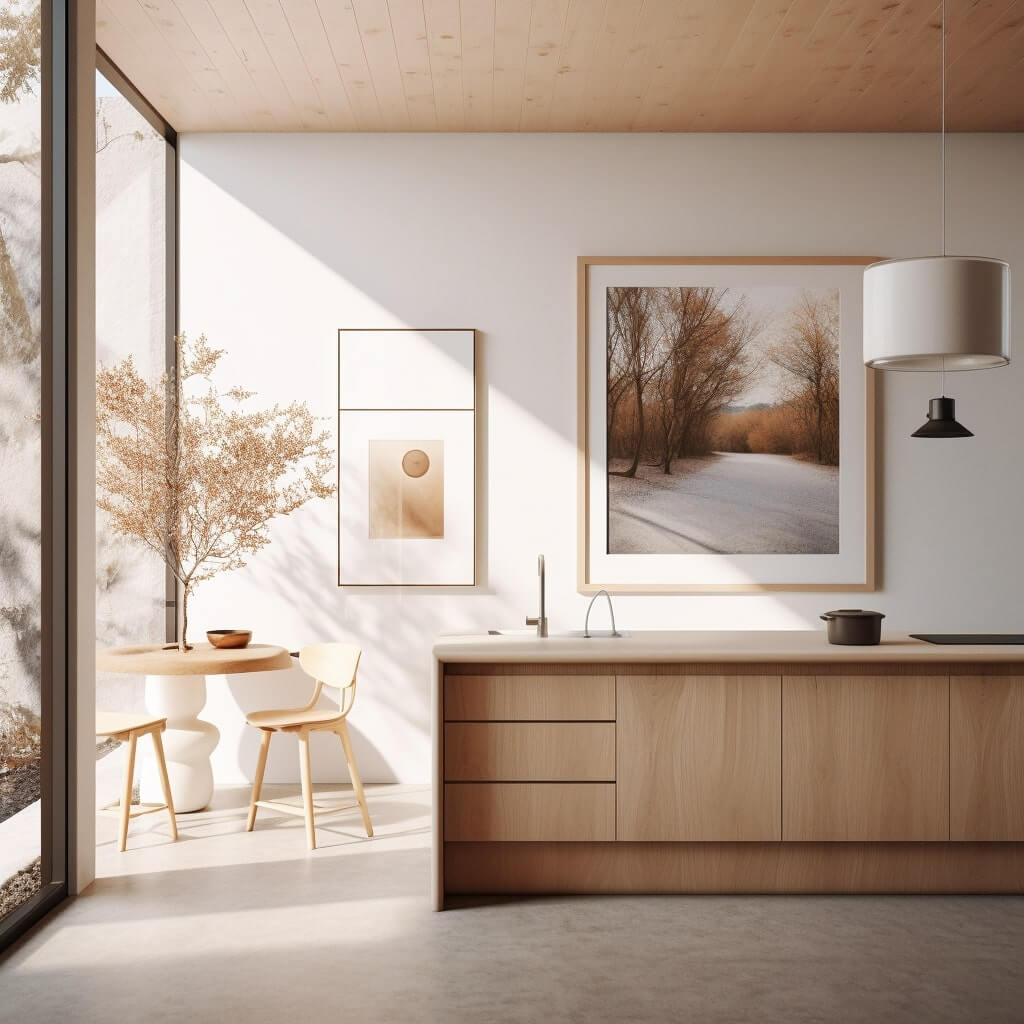
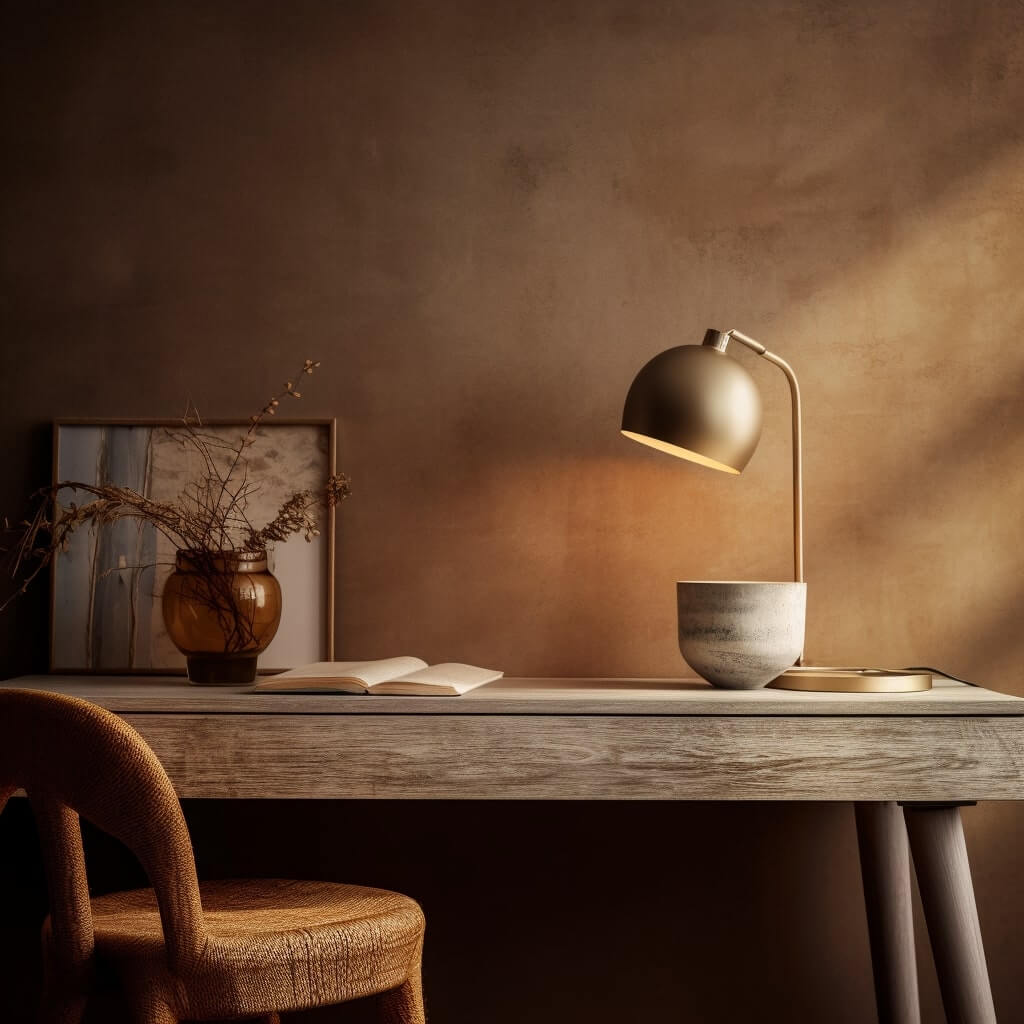
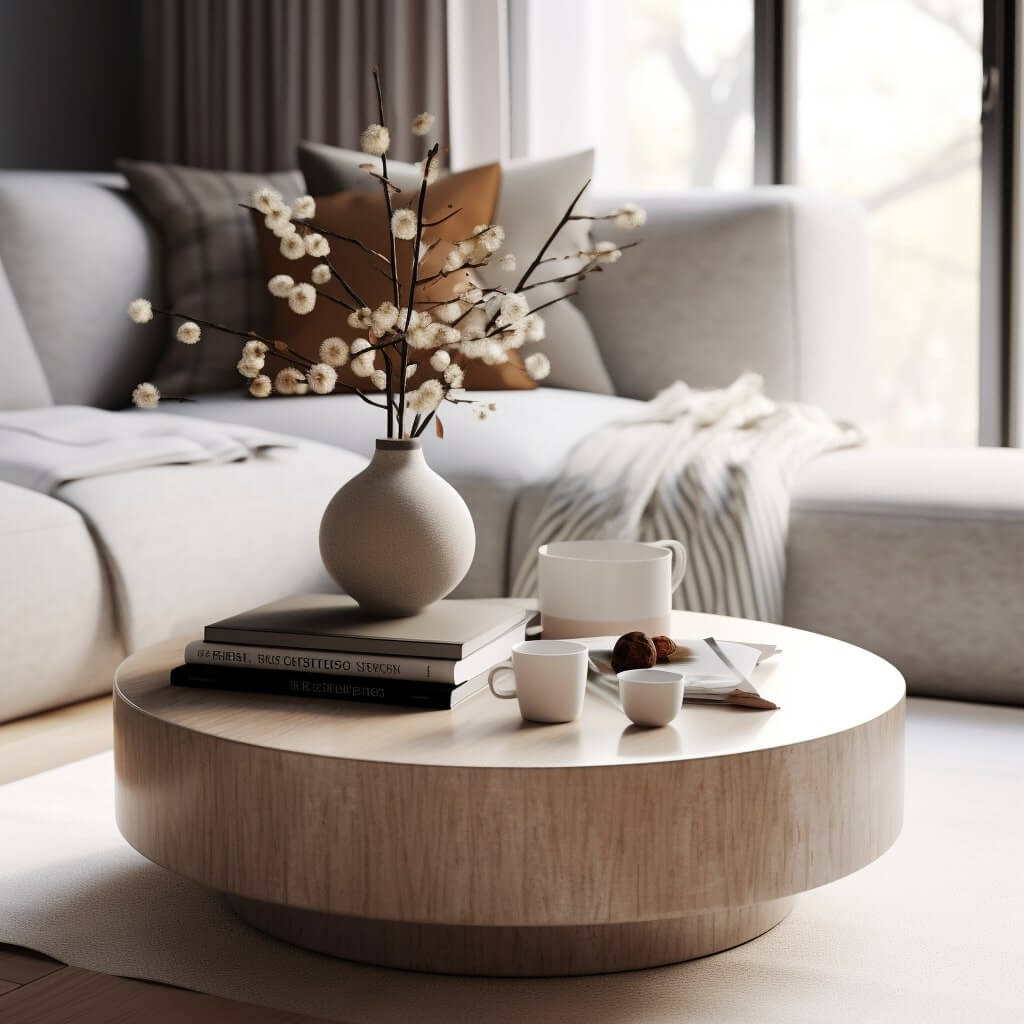
Scandinavian and Japanese Design Examples
Living Rooms
The heart of any home, and in this design style, it’s a zen paradise.
- Picture a room bathed in soft, natural light. The walls are a gentle white, providing a backdrop that’s simple yet stunning.
- Wooden accents are everywhere – from the coffee table to the sleek Scandinavian-style sofa frame. A touch of warmth in an otherwise light and airy space.
- Space is a friend, not a foe. It’s an open layout that breathes life into the concept of ‘Ma’, allowing each piece of furniture its moment in the spotlight.
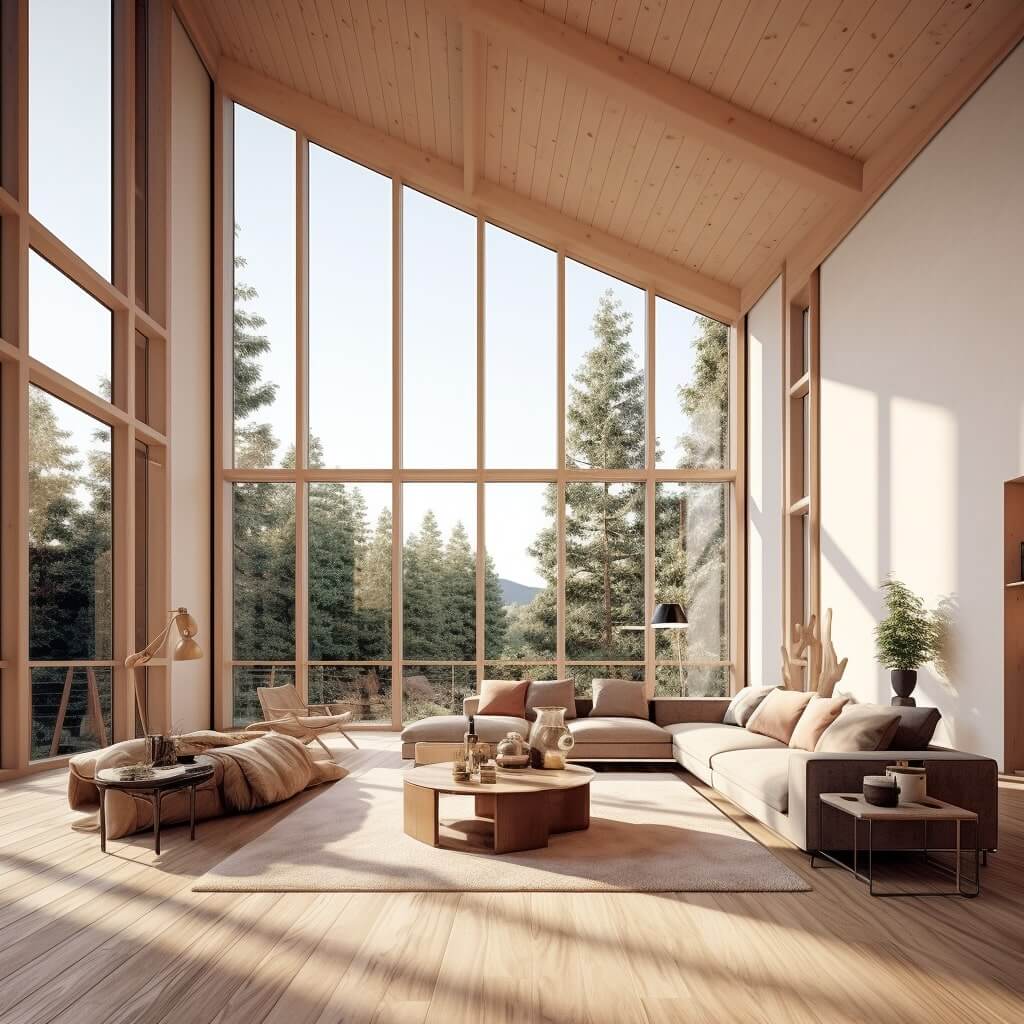
Bedrooms
Next, we enter the realm of dreams – the Japandi bedroom. In Japandi style, it’s a haven of tranquility.
- The Japandi color palette stays neutral: whites, creams, and soft grays calm the senses and promote restful sleep.
- Japandi furniture stays true to the ‘functionality first’ motto. The bed, for example, with its sleek Scandinavian design, could double up as storage. A portable, Japanese-style folding screen separates the space, adding a touch of privacy when needed.
- And nature isn’t forgotten. Whether it’s a bamboo bedside table or a silk throw, nature’s presence is subtle yet striking.
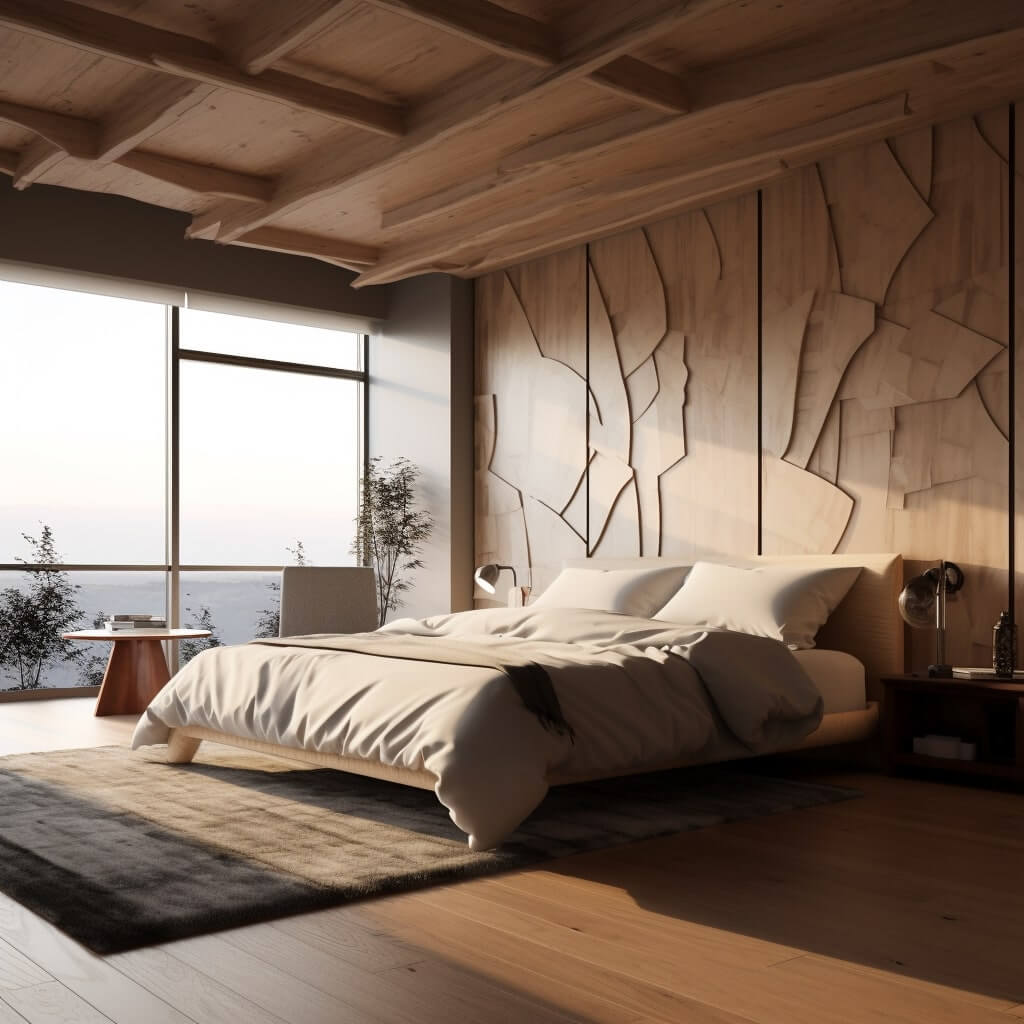
Kitchens
Here, the Japanese influence is unmissable for me.
- Think sleek, streamlined kitchen units with minimal ornamentation. Think functionality, and think space optimization.
- I love a Japandi dining table set low, with floor cushions adding a cozy, informal vibe.
- The lighting should be soft and warm, inviting conversations and shared meals.
- Natural elements like wood and stone are skillfully integrated, bringing that earthy warmth to the space.
But at its essence is functionality. For me, cooking brings joy, but only if you’re in a practical, un-cluttered and spacious kitchen where you’ve got the space and organization to thrive. This is the key message in Scandinavian and Japanese design styles.
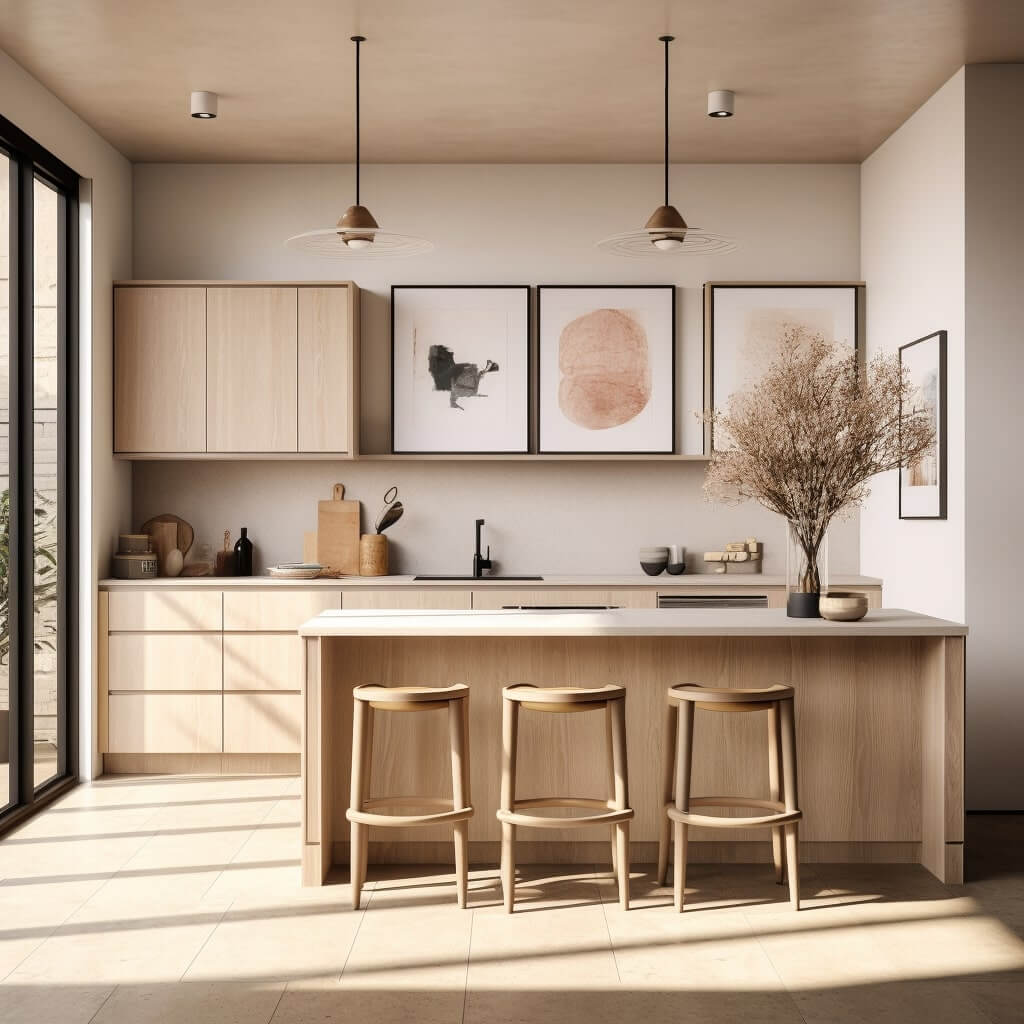
The Bathroom
Finally, a Japandi bathroom is similar to a personal spa.
- Again, the color scheme remains light, airy, (lots of light woods) with an occasional splash of color through green indoor plants.
- Minimalism is key as well. Storage units are sleek and simple, and compact, keeping clutter at bay.
- A Japanese-style soaking tub could take center stage. Taking inspiration from Japan’s ‘Ofuro’ culture, an invitation to relax, unwind, and rejuvenate in a deep, space-efficient bathtub.
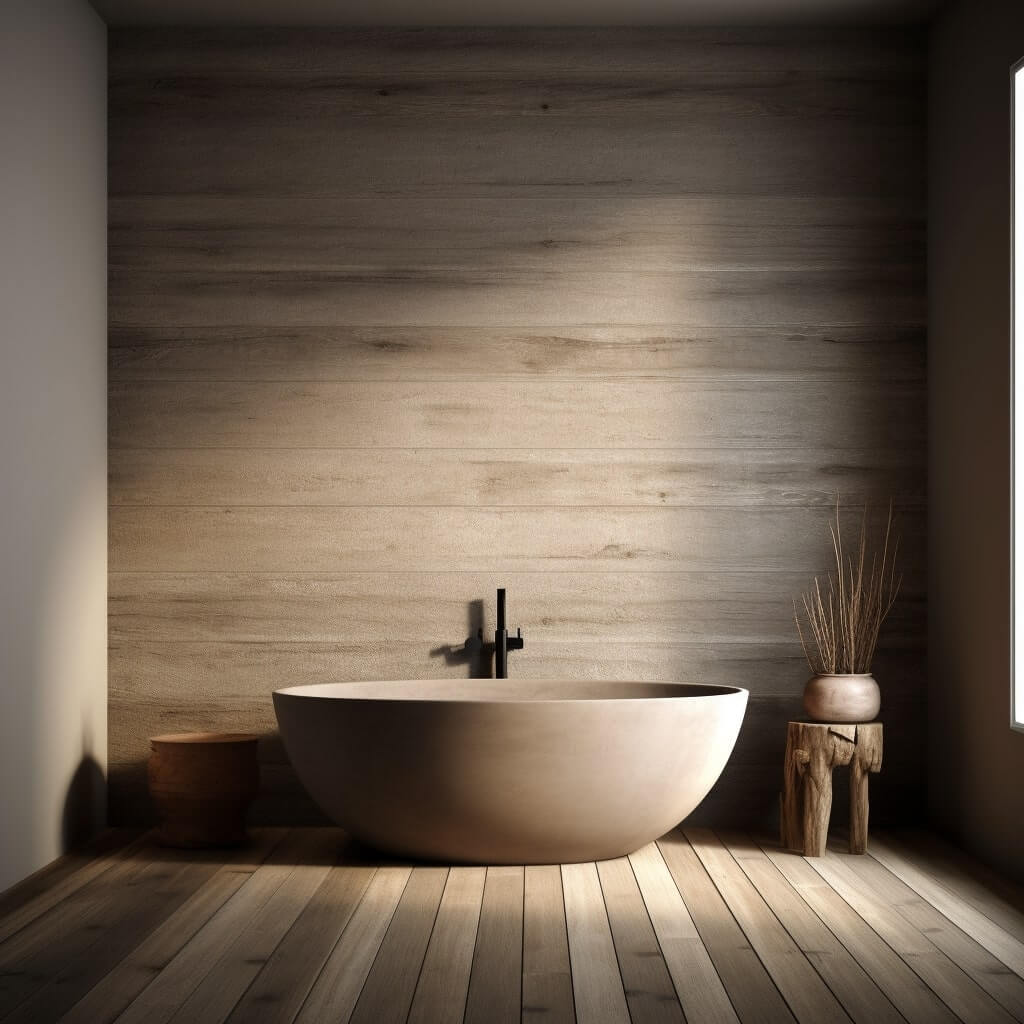
Scandinavian and Japanese Design Decor Tips
Here are my tips for decorating in the Japandi style at home, whether you’ve got cash to splash or you’re on a budget:
Living Room
- Go for minimalistic pieces with clean lines. A low-profile, Scandinavian-style sofa, a simple coffee table, and maybe a cozy floor cushion or two, for example.
- Stick to neutral, light shades in your Japandi living room – think whites, creams, light grays. I like to add a splash of color with cushions or throws in earthy tones.
- Try to use natural light to your advantage. For evenings, I use warm, subtle Japandi style lighting that adds coziness without overpowering the room.
- Remember, less is more. I gravitate towards pieces that serve a purpose or bring joy. A simple wall clock, a bamboo planter, a silk throw.
Dining Room
- Keep your table setting simple and functional. I find that a low Japanese-style table with floor cushions offers a unique dining experience, for example.
- But if you prefer traditional seating, go for simple, Scandinavian-style chairs in light wood.
- Again, I maintain the light, neutral tones and add some warmth with wooden accents or textiles in earthy hues.
Bedroom
- I love a Scandinavian-style bed with built-in storage. Multifunctional and stylish, it’s a win-win.
- As usual, keep the colors calm and soothing. Whites, creams, and pastel shades work wonders.
- I think soft, warm lighting is key. A bedside lamp with a warm glow, subtle overhead lights.
- I love using a Japanese-style folding screen, a minimalistic bedside table, a soft, textured rug – these add warmth and character to the room and practicality.
Kitchen
- Scandinavian minimalism is brilliant here. Sleek, clean-lined cabinets, preferably in light shades.
- Stick to neutrals for a light, airy feel. I like wood and stone accents that add warmth and texture.
- I find open shelves can display your beautiful crockery, and a pull-out cutting board or smart storage solutions can add functionality without cluttering the space.
- Consider potted herbs on the window sill of your Japandi kitchen, a bamboo fruit basket, a simple ceramic vase – it’s all about the subtle, nature-inspired touches.
Bathroom
- I go for minimalistic fixtures with clean lines. And I think a Japanese soaking tub can be a fantastic centerpiece.
- Light, neutral tones work best for me. A splash of color through indoor plants can enliven the space.
- Also, soft, warm lighting creates a spa-like ambiance. I try to incorporate wall sconces or subtle recessed lighting.
- Less is more. I love a bamboo bath mat, a simple wall mirror, a ceramic soap dish – I think these can add to the style without overpowering the space.
Outdoor Spaces
- I think simple, wooden furniture works well in Japandi gardens. A hammock or a Japanese-style floor cushion can add a cozy touch too.
- Plants are your best friend too. Have a look at Zen rock gardens or Scandinavian-style vertical gardens for inspo.
- Stick to earthy tones. Let nature’s colors steal the show.
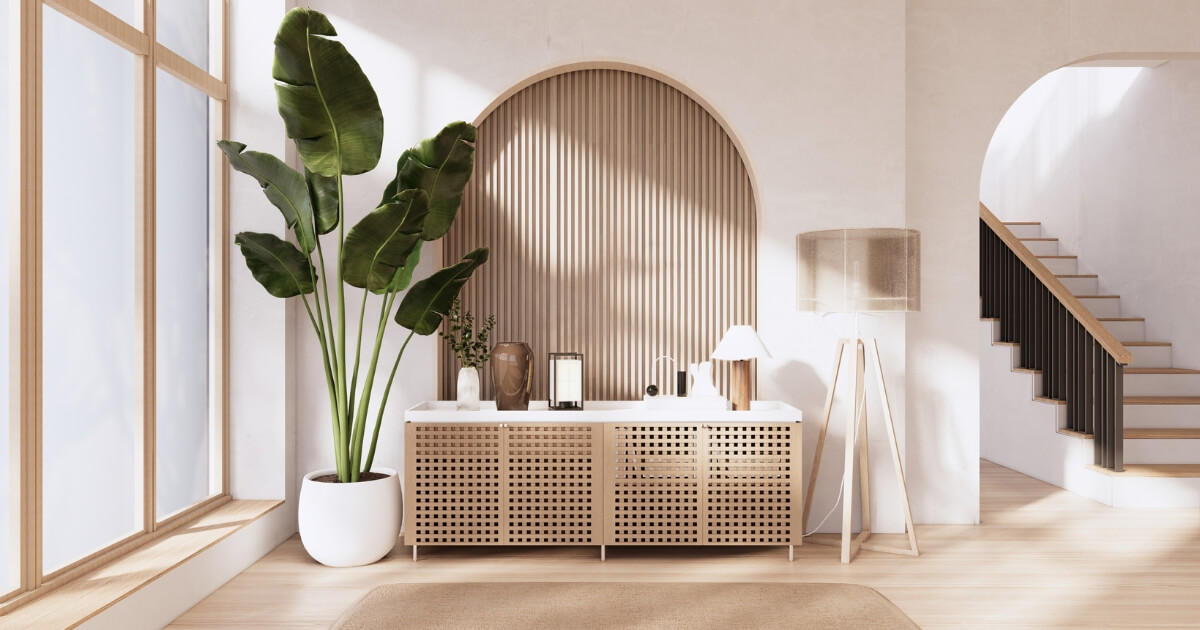
FAQs
What is Japanese Scandinavian style?
The Japanese Scandinavian style, also known as Japandi, is a fusion of Scandinavian and Japanese design principles. It emphasizes minimalism, functionality, and a profound appreciation for nature, manifesting in a clean, calming, and aesthetically pleasing interior design style.
What is the difference between Japanese and Scandinavian design?
While both Japanese and Scandinavian designs value minimalism and functionality, Japanese design tends to focus more on tranquility and the concept of ‘Ma’ (space between things). Scandinavian design, on the other hand, leans towards a warm, cozy, and light-filled ambiance with a stronger emphasis on natural materials.
What does Japan and Norway have in common?
Japan and Norway share a deep appreciation for nature, simplicity, and functionality in their respective design philosophies. This shared ethos forms the foundation of the Japandi style, despite their unique cultural contexts.
What defines Japanese design?
Japanese design is defined by simplicity, minimalism, and functionality. It integrates the concept of ‘Ma’ (space between things), an appreciation for natural elements, and a harmony of form and function, contributing to a tranquil and mindful living environment.
What is Nordic design?
Nordic design is a style popular in the Scandinavian countries of Denmark, Norway, Sweden, Finland, and Iceland. It embraces principles of minimalism, functionality, and the use of natural materials, with a focus on light, neutral color schemes, clean lines, and an overall cozy, homely atmosphere.
What are the rules for Japandi style?
Japandi style celebrates minimalism, functionality, and nature. Key rules include: keeping clutter to a minimum, choosing furniture with clean lines, emphasizing open space (‘Ma’), utilizing natural materials, maintaining light and neutral color schemes, and ensuring every object serves a purpose or sparks joy.
What is the difference between Zen and Japandi?
Zen interiors focus solely on promoting tranquility and mindfulness, often with a very neutral color palette and minimal decor. Japandi, while also valuing tranquility, combines this with the warm, cozy principles of Scandinavian design, resulting in a more liveable yet equally calming space.
Is Nordic and Scandinavian style the same thing?
Yes, in the context of design, Nordic and Scandinavian styles are often used interchangeably. Both refer to the design principles originating from the Scandinavian countries that emphasize minimalism, functionality, and the use of natural, light materials.
What about modern Scandinavian and Japanese design?
Modern Scandinavian and Japanese design are both iterations of their traditional styles, but with contemporary touches. These might include modern, multifunctional furniture, the use of technology, or a slightly more varied color palette. However, the core principles of simplicity, functionality, and love for nature remain intact.







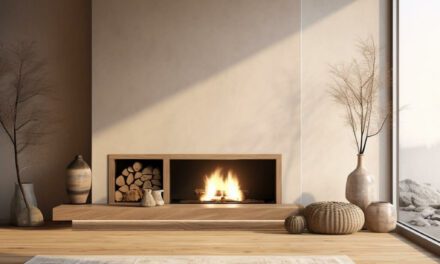
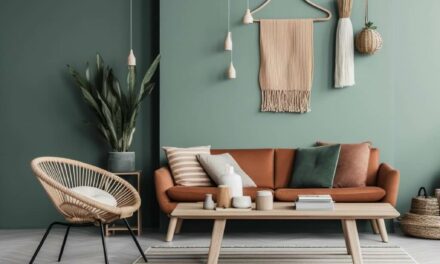

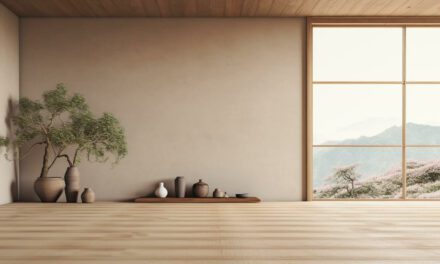
I would like to thank you for the efforts you’ve put in writing this site. I’m hoping the same high-grade blog post from you in the upcoming also. In fact your creative writing abilities has inspired me to get my own web site now. Really the blogging is spreading its wings fast. Your write up is a great example of it.
This design is steller! You most certainly know how to keep a reader entertained. Between your wit and your videos, I was almost moved to start my own blog (well, almost…HaHa!) Excellent job. I really enjoyed what you had to say, and more than that, how you presented it. Too cool!